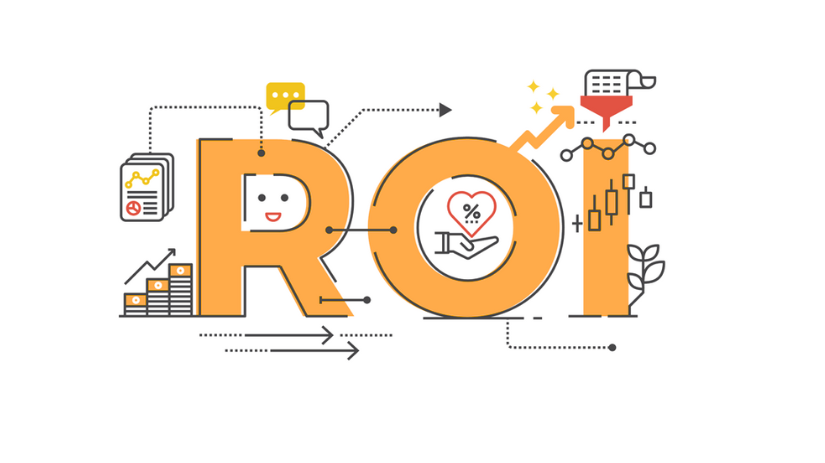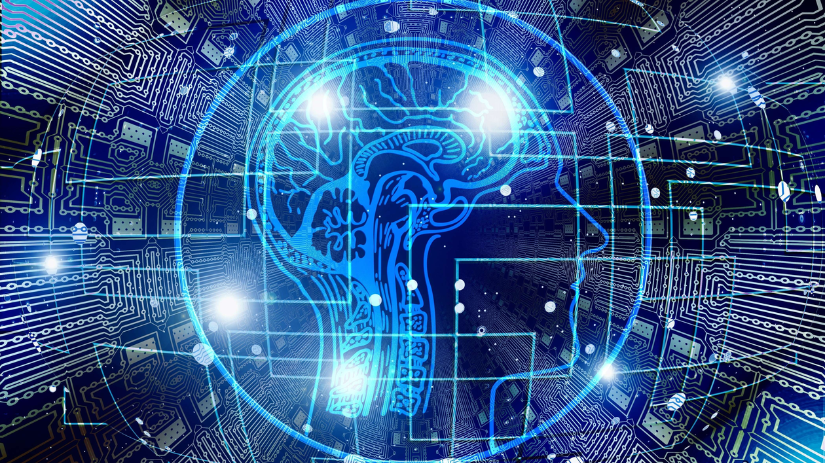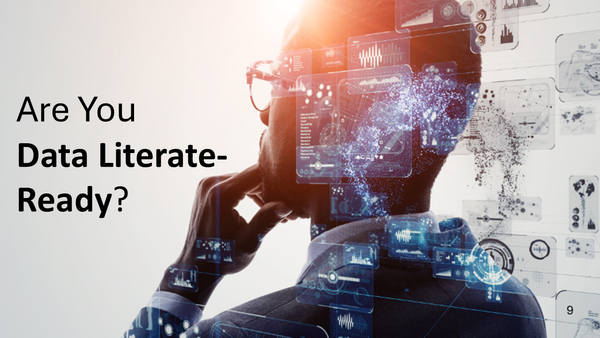AI Skills for AI Transformation: The Missing Link in Your Digital Strategy
By CADS AI
In the race to harness artificial intelligence (AI), many organizations are investing heavily in technology — yet struggling to see transformative results. The reason? A gap not in intent, but in impactful upskilling.

Technology Is Ready. But Is Your Workforce?
AI is no longer confined to data scientists or IT. It’s reshaping every function — marketing, HR, finance, operations — and transforming how decisions are made, how work is done, and how value is created.
But here’s the truth: for AI transformation to succeed, everyone in the organization must be equipped with the right data and AI skills.
The future currency is skills.
Not titles. Not tools. Not tenure. Skills are what drive adaptability, innovation, and measurable impact in today’s AI-driven economy.
From our experience at CADS AI, working with large enterprises, government agencies, and forward-thinking leaders, one insight stands out:
People, not platforms, drive AI transformation.

From Learning Investments to Measurable ROI
Let’s acknowledge the effort organizations have already made. Many have invested in learning platforms like LinkedIn Learning, Coursera, or similar providers. Courses are completed. Certificates are earned. Learning dashboards look healthy.
But here’s the critical question:
Is that learning driving transformation?
The answer, often, is not really.
Generic, one-size-fits-all courses may build general awareness, but they rarely translate into business impact. Employees may learn something — but not what helps them innovate or improve performance in their specific roles.
To generate real ROI, upskilling must be:
- Role-specific – aligned with what each role actually needs to thrive in an AI-driven workplace.
- Outcomes-driven – tied to measurable KPIs like faster decision-making, automation, or innovation.
- Trackable – so leaders can monitor skills gaps, progress, and business impact in real time.
A skills-based strategy drives outcomes.
When you align skills development with business needs, AI transformation becomes not just possible — it becomes inevitable.

Visual: Learning Investments vs. Learning ROI
Here’s a simple comparison showing the difference between traditional learning investments and a role-based, ROI-focused approach:
“Learning Activity” vs. “AI Transformation Enablement”
|
Learning Approach |
Traditional Platforms |
CADS AI Platform |
|
Learning Content |
General, broad catalog |
Role-based, curated to business needs |
|
Skills Assessment |
Self-directed or limited |
Structured, by role and individual |
|
Learning Relevance |
Low to medium |
High – contextual to job function |
|
Measurement of Progress |
Completion, certificates |
Skill gaps closed, tracked by role |
|
Link to Business Outcomes |
Indirect |
Direct, ROI-focused |
|
Strategic Insights for Leaders |
Limited |
Skills intelligence and readiness |

Building an AI-Skilled Workforce: 3 Critical Shifts
To make AI transformation real — not just a boardroom buzzword — organizations must embrace three key shifts:
1. From Generic Learning to Role-Based Upskilling
Employees don’t need more theory — they need context. What does AI mean for a procurement analyst, a finance controller, or an HR business partner? CADS AI maps every role to its future-ready skills and delivers learning that fits.
2. From Training Hours to Skills Intelligence
Instead of only tracking course completions, organizations should be asking: Where are we strong? Where are the gaps? Who’s ready for transformation work? CADS AI delivers skills intelligence — a real-time view of workforce capability across roles and departments.
3. From Learning Initiatives to Business Transformation
Learning is not an isolated HR program. It should be a business enabler — linked directly to transformation goals. With CADS AI, organizations can finally connect upskilling to value creation.

Case in Point: Skills-First Success Stories
Across sectors — from financial services to public sector organizations — we’ve seen how a skills-first approach enables measurable change.
In one case, an organization began by assessing data and AI readiness across departments. This revealed pockets of hidden talent that had never been tapped. A focused, role-based upskilling program followed, producing a more confident, capable workforce aligned to the AI transformation roadmap.
Another agency used CADS AI to identify critical roles for digital transformation. Over 100 professionals were assessed and assigned tailored learning pathways. Within months, teams reported higher productivity, better collaboration with technical teams, and an improved ability to innovate.
These stories show what’s possible when skills intelligence meets business strategy.

Final Thought: AI Transformation Starts with People
The success of AI doesn’t depend on buying the latest tech. It depends on whether your people know how to use it — and how to apply it meaningfully in their roles.
The future currency is skills. And a skills-based strategy is the foundation of business resilience, agility, and growth.
At CADS AI, we believe in this principle:
No AI transformation without AI skills.
Because when your people are equipped, your transformation is unstoppable.
Want to turn your upskilling investments into measurable impact?
Talk to us about how CADS AI can help you assess workforce readiness, personalize learning by role, and drive real ROI from AI transformation.
About the Author.
Sharala Axryd is passionate about data driven business transformations & driving data science education in ASEAN. A natural thought leader, she is a highly-sought-after speaker for conferences with topics ranging from analytics to women in STEM.





